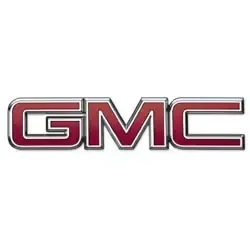GMC R3500 Tire Pressure
Most common recommended tire pressure for GMC R3500 can range from 45 psi to 80 psi depending on year of production, trim and OEM tire size, but it maybe different for older models. It is imperative to confirm the exact tire inflation for your GMC R3500 to ensure safety on the road. Always refer to your vehicle owner's manual for the correct tire pressure designated by vehicle's manufacturer.
Select your GMC R3500 production year to see its recommended tire inflation.
| Model Year | Front Tires | Rear Tires |
|---|---|---|
| 1991 GMC R3500 | 45 - 65 psi | 60 - 80 psi |
| 1990 GMC R3500 | 45 - 55 psi | 60 - 80 psi |
Recommended Tire Pressure for GMC R3500
Maintaining the recommended tire pressure in a GMC R3500 is crucial for several reasons that directly impact safety, fuel efficiency, and the longevity of the tires themselves. Firstly, properly inflated tires ensure optimal contact with the road, enhancing the vehicle's handling and stability, especially important for a heavy-duty truck like the R3500, which is often used for towing and carrying substantial loads. This optimal contact also ensures even tire wear, extending the life of the tires and preventing premature replacement costs. Additionally, tires inflated to the manufacturer's recommended level offer reduced rolling resistance, a critical factor in improving the vehicle's fuel economy. Lower rolling resistance means the engine doesn't have to work as hard to move the vehicle forward, leading to noticeable savings on fuel consumption over time. Moreover, incorrect tire pressure, either too high or too low, can compromise the tire's structural integrity, leading to increased risk of blowouts or flats that can endanger the safety of the occupants. Therefore, regularly checking and maintaining the tire pressure on a GMC R3500 at the levels prescribed by General Motors is a simple, yet vital, aspect of vehicle maintenance that safeguards efficiency, performance, and safety.

All listed guides, data and/or calculations are for informational purposes only. TirePressure.com does not warrant or make any representations regarding the accuracy of or the results of the use of this information. Always refer to vehicle owner's manual for the correct tire pressure configuration.